Reverse Engineering in Injection Mould Manufacturing
Reverse Engineering in Injection Mould Manufacturing
In this Blog article, Reverse Engineering Service expert Mako GmbH explains the importance of the Reverse Engineering in mould making and how RE is used by various successful companies all over the world. RE plays a very important role in Injection mould making.
What are the Problems you face in Injection molding?
There’s a lot of room for expensive errors when it comes to injection molding. Quality issues in injection-molded products can range from minor surface defects to more serious problems that can affect the safety, performance and function of the product. They can be caused by problems related to the molding process, material use, tooling design or a combination of all three. But as with any quality problems, knowing how molding defects arise is half the battle. As an importer or manufacturer of injection-molded products, some knowledge of common molding defects and how to resolve them can help you cut costs related to unsellable goods and product returns in your business.
How Reverse Engineering helps in Injection Mould Making?
With the development of computer technology, CAD technology has become an important tool for product designers to carry out R&D. Three-dimensional modeling technology has been widely used by plastic injection mould manufacturer in product and injection mould design, program review, automated processing and injection mould manufacturing, and management etc. In the actual injection mould development and injection mould manufacturing process, the technical data received by the designer may be a three-dimensional model of various data types, but in many cases, the physical model of the product is obtained from the upstream manufacturer. Designers need to transform physical information into CAD models in a certain way, which applies to reverse engineering.

The so-called reverse engineering technology refers to the process of measuring a physical object or a model by a certain measuring means, and reconstructing a physical CAD model by a three-dimensional geometric modeling method according to the measured data. Reverse engineering technology is very different from traditional forward design. Traditional product design generally requires a design procedure from scratch. The reverse engineering is based on the prototype of the product, and then the three-dimensional digital model of the product is obtained, so that it can be further processed by advanced technologies such as CAD/CAM/CAE. The difference in its design process is that the starting point of the design is different, and the corresponding design freedom and plastic mould design requirements are also different.

In general, product reverse engineering includes several aspects such as shape reversal, process reversal and material reversal etc. In the practical application of RE in the injection mould manufacturing field, it mainly includes the following items:
- The design of new parts is mainly used for product modification or profiling.
- Copying existing parts to reproduce the original product’s design intent.
- Restoration of damaged or worn parts.
- The detection of digital models, such as testing the product’s deformation analysis, welding quality, etc., and comparing the models.
- Reverse engineering technology provides good technical support for rapid design and rapid prototyping. It has become one of the important and succinct ways of information transmission in manufacturing industry.
If you want to learn more about Reverse Engineering, CAD software to use and how to master them check out our Blog Posts here or contact us here to get in touch with a Reverse Engineering expert!

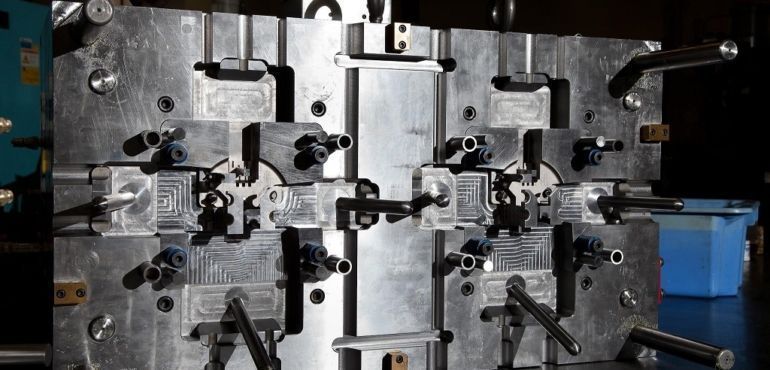

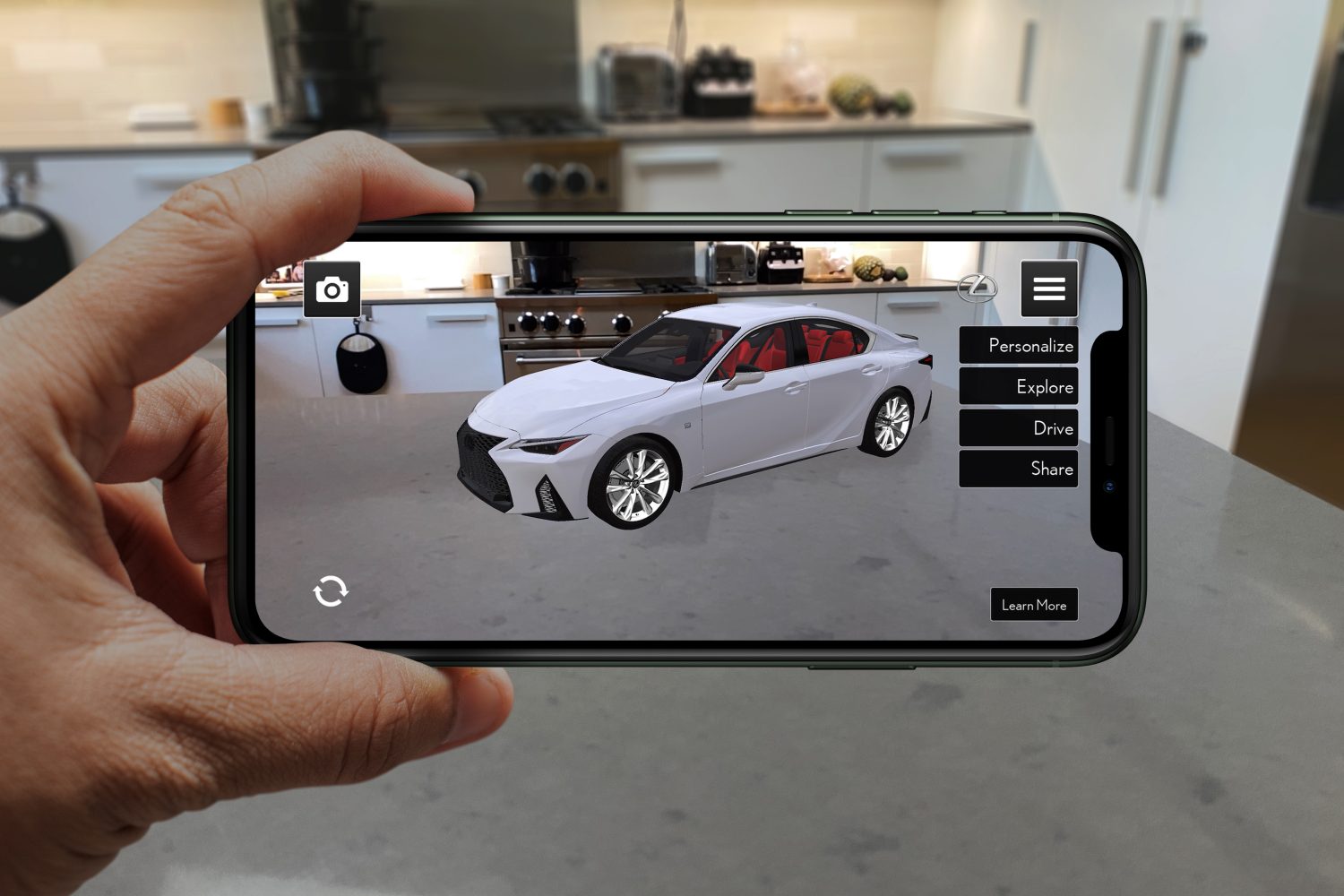
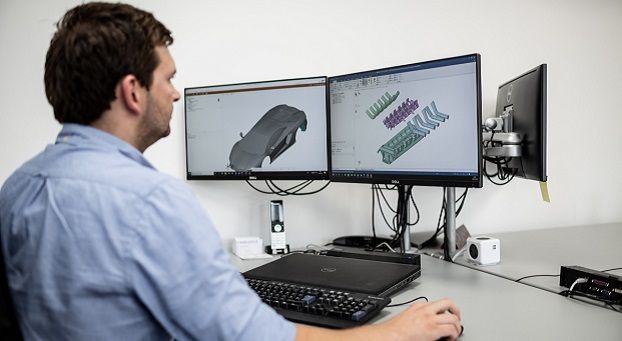
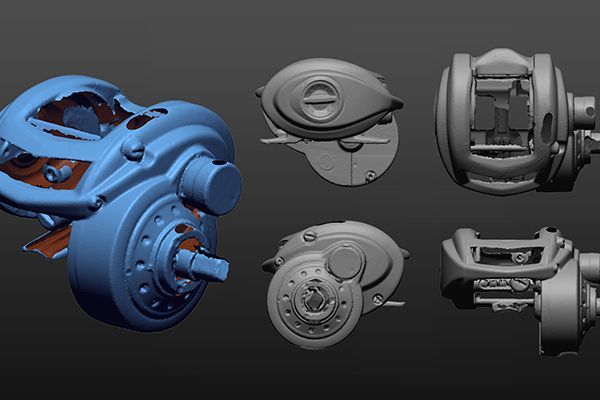


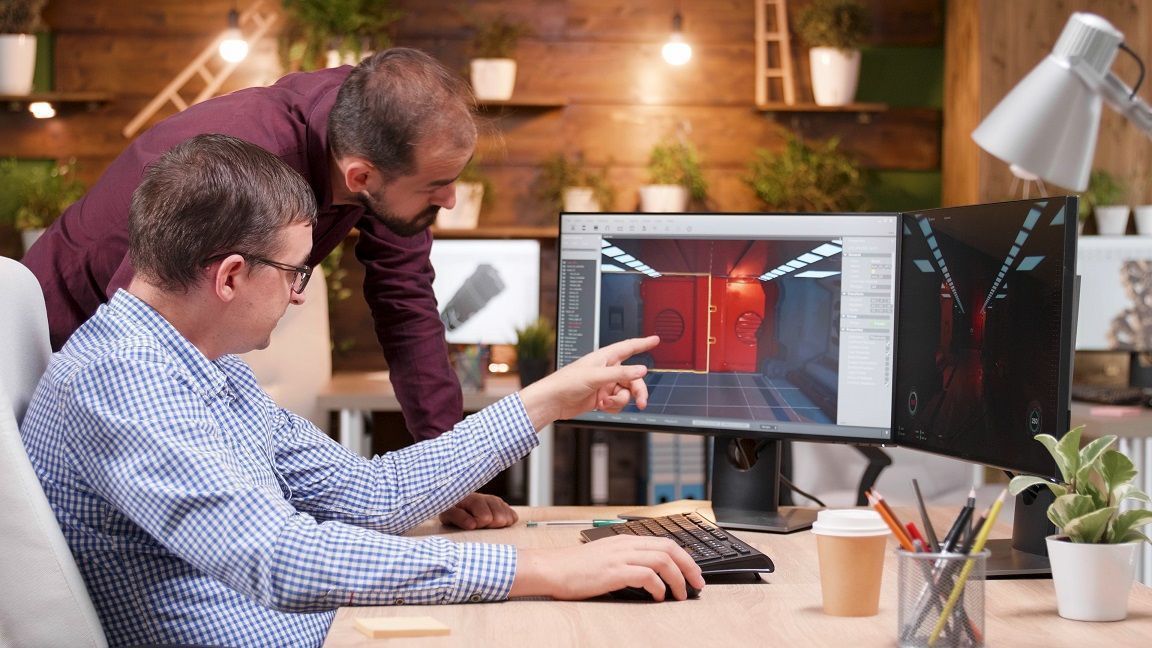

There are no comments